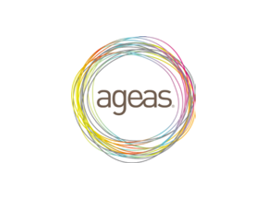What is good governance?

Despite that corporate governance is becoming increasingly common, it is not easy to define corporate governance without being ambiguous.
Essentially, governance has to do with management, mastery, accountability, supervision and control. The main goals include making an organisation’s governance structures and decision-making processes more efficient, objective and transparent. Good governance is thus not an end point but rather a means to achieve the organisational strategy.
Good governance has to do with hygiene, not health
Koen Geens
Curious how governance translates concretely in your organisation and what a membership can offer you?
Discover which membership suits you best
Good governance is about doing the right thing and doing the things right at the right time
What this means for the organisation depends on the perspective of the organisation, the priorities related to that perspective and the values that need to be respected in the process. Naturally, the environment and the nature of the organisation also play an important role. Despite these different interpretations, good governance is based on a few essential building blocks such as accountability, independent checks and blances and an adequate amount of transparency. These concepts apply to any type of organisation, everywhere in the world.
The different dimensions
It is clear that good governance is composed of different dimensions and that a debate exists about these different ‘levels’.
In its most simple form, good governance is focused on the composition of the board of directors.
In a broader context, good governance can be viewed from the perspective of the “corporate governance tripod”, which focuses on the relationships between shareholders, board members and management.
Some take this a step further, having attention for the relationships with diverse stakeholders. This approach is closely related to broader interpretations related to corporate social responsibility or sustainability. On the macro-level, the debates touch on the ultimate goal of the company, namely the creation of shareholder value (Anglo-Saxon model) or sustainable value for all stakeholders (Rhineland model). Recently, the dimension of “internal governance” has been brought to the fore. In this approach, the application of important principles should not be limited to the corporate level but should flow to all parts of the corporate group.
Challenge
Although a certain degree of formalism is indispensable when we talk about good governance, the emphasis should mainly be on the content. Many scandals have demonstrated that structures and processes are not enough to ensure good governance. The greatest governance challenge today is, debatably, the shift from a formalistic perspective to a more content-oriented approach, geared at the experience of good governance: An evolution from “substance over form”. Basic values such as honestly, integrity and professionalism are indispensable. In addition, each company should continuously have enough flexibility as to how they approach good governance.

Codes and regulations
The basic principles of good governance are written in a ‘Code’.
A Code is a set of recommendations that guide the sector or target group for which it is intended.
These type of codes have been developed worldwide. In Belgium, diverse initiatives have already been taken to this end including the Commission for Corporate Governance, the Buysse Commission, KBS etc. These codes are strengthened by national and European regulations.
Would you like to know more?
Discover different perspectives on corporate governance and how this topic is added to the agenda worldwide!
See numerous interesting links to national and international organisations dedicated to governance.











